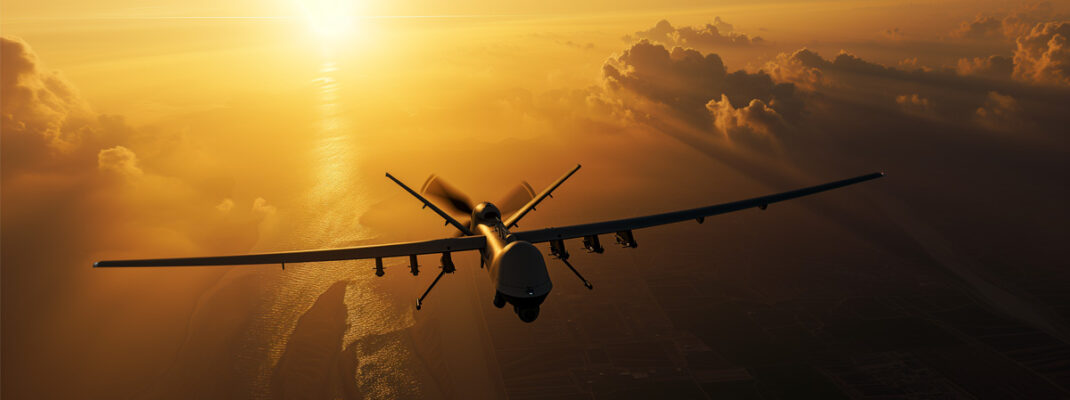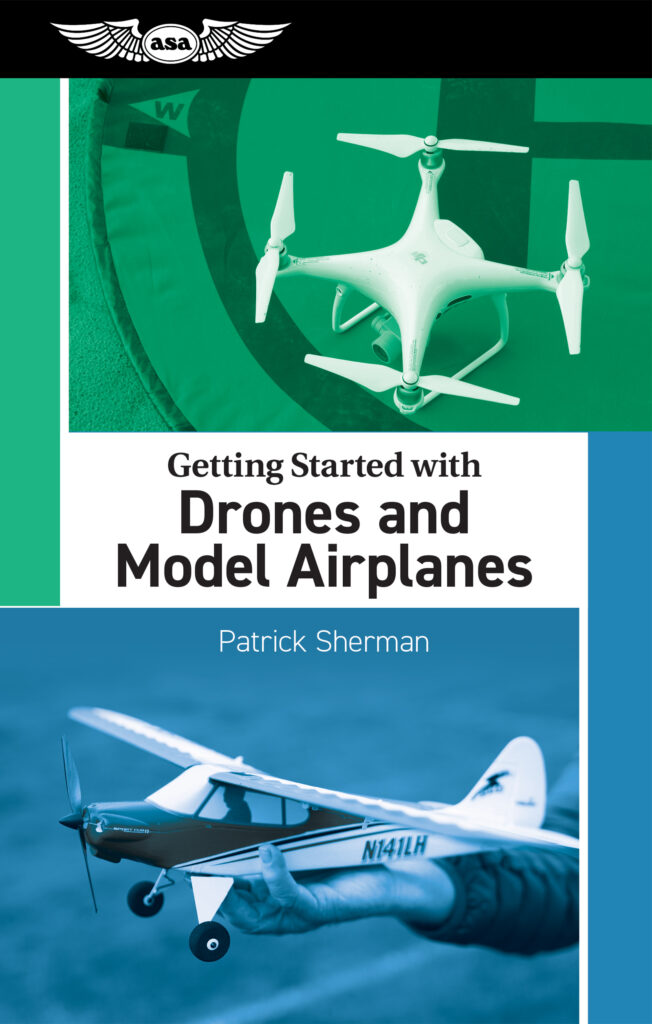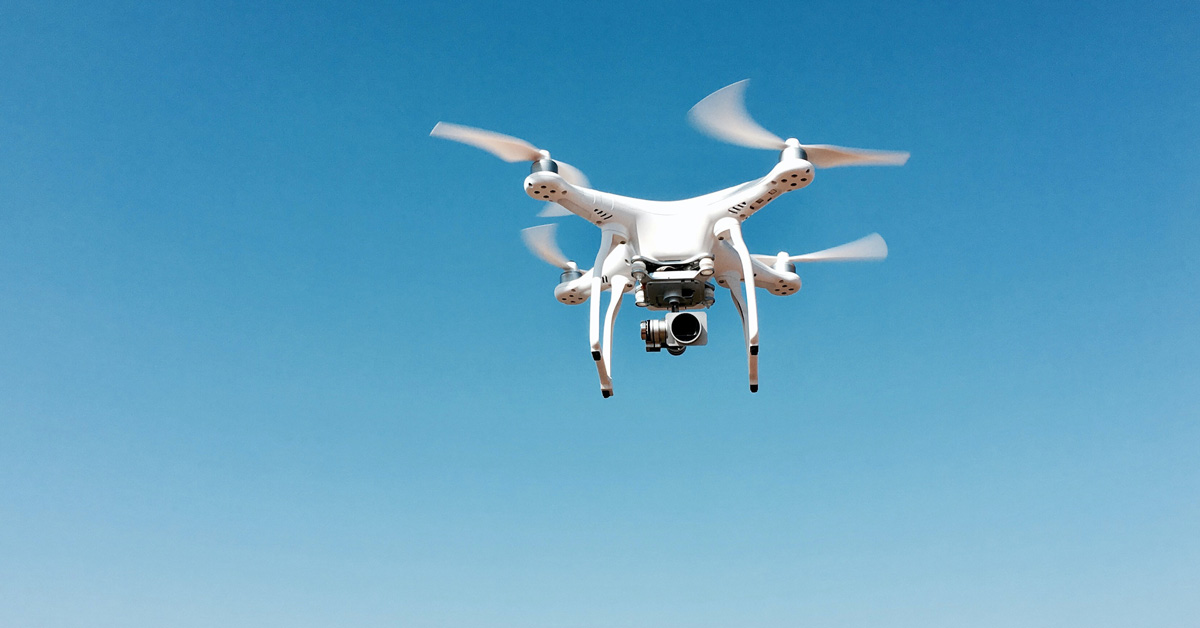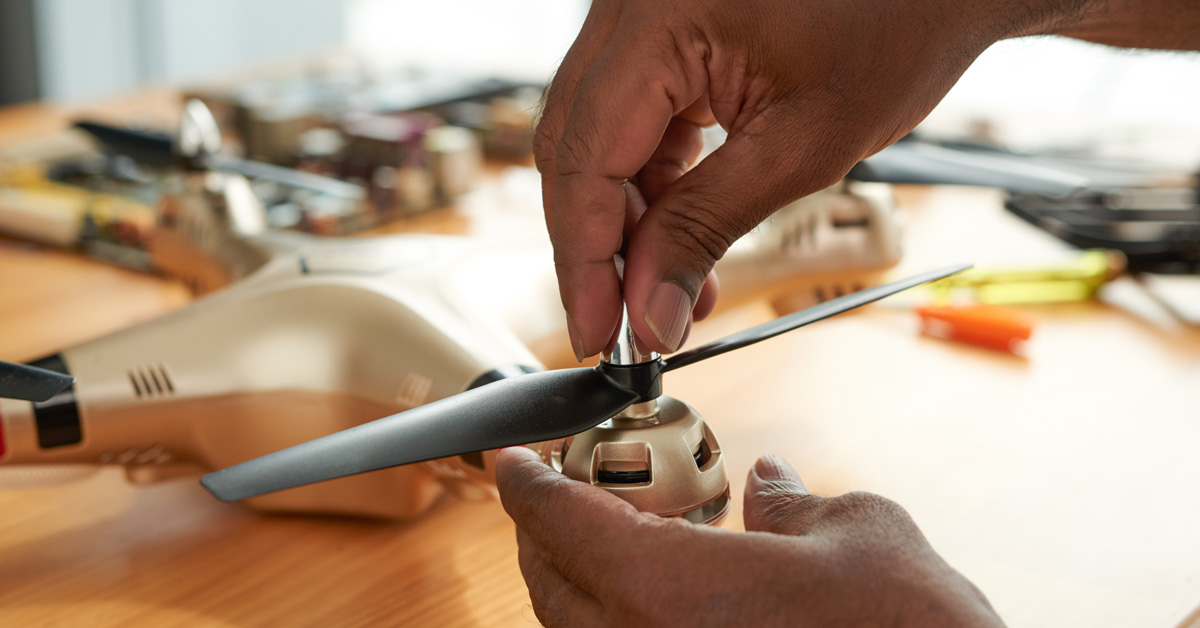The fourth week in April is an important one for drone enthusiasts. First, April 22–25, AUVSI (Association for Uncrewed Vehicle Systems International) co-hosts the Xponential conference and exhibition. Global leaders and end users in the uncrewed systems and robotics industry will gather at the San Diego Convention Center to learn about and share the latest about autonomous technology. Stop by the ASA booth (#4427) to check out some of our new drone training material and say hello!
Then, on April 27, take part in the FAA’s annual Drone Safety Day, which was created to increase awareness around the importance of safe drone operations. In-person, virtual, and hybrid events focus on drone education, economics, equity, environment, and emergencies. Browse available events to find something appealing to you on the Drone Safety Day page hosted by the National Center for Autonomous Technology (NCAT).
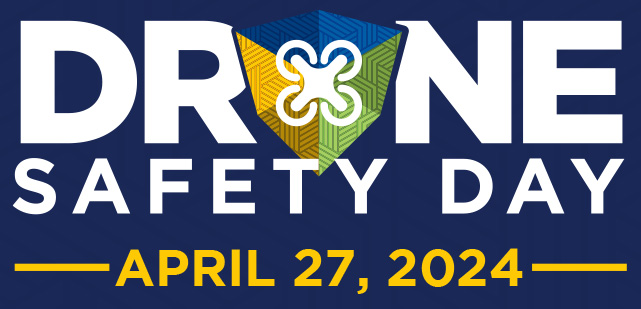
Safety is integral to aviation, even if your aircraft is controlled remotely. Patrick Sherman’s new book, Getting Started with Drones and Model Airplanes, offers many lessons on keeping yourself, your drone, and those around you safe. Read on to get a taste.
First, Do No Harm
As a remote pilot, I personally rely on [the] phrase, “first, do no harm,” to remind me about what is important when I go flying—it isn’t me, and it certainly isn’t my aircraft. What is important is the injury and damage my aircraft could inflict on other people and their property. It is a reminder that I have an overriding duty to sacrifice my aircraft without hesitation should it endanger another person, which in itself is a compelling motivation to avoid creating that situation in the first place.
At first glance, the potential hazard may seem quite small. After all, how much damage can a small foam airplane or a palm-sized drone really cause? It turns out that the answer is, “Quite a bit.” Studies have revealed that a common drone, the DJI Phantom 4 (Figure 1), can inflict a lethal injury on a person wearing a hardhat if it falls from an altitude of only 25 feet. Drop almost anything from 400 feet (which . . . is the maximum altitude that drones are allowed to fly) and it has the potential to maim or kill.
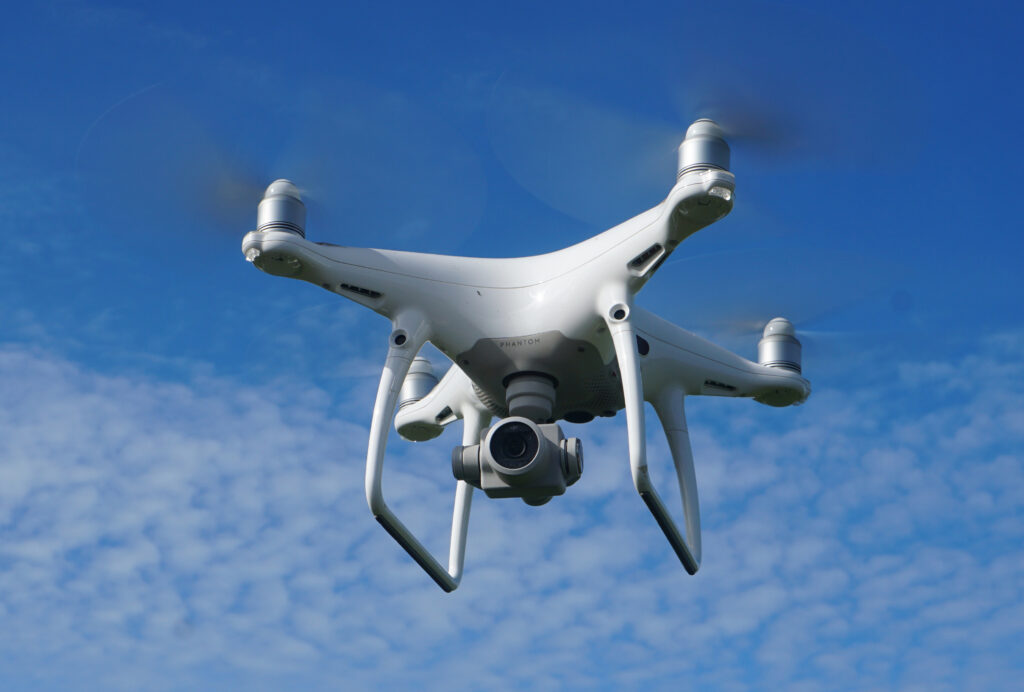
Furthermore, the weight and altitude of small aircraft aren’t the only threats that they pose. Keep in mind that most of these machines are kept aloft by propellers turning thousands of times per minute. These are capable of inflicting multiple lacerations before a person even knows what is happening, and even before their natural reflexes can move them out of harm’s way.
A propeller strike to the soft tissues of the face or other sensitive parts of the body has the potential to blind or disfigure someone for life. To be clear, that someone could be you. Remember, you’ve made a choice to embark upon this journey, and to educate yourself regarding the dangers, but the young couple pushing their newborn baby in a stroller through the park where you happen to be flying has made no such choice. Imagine the long-term impact of an accident on them, then consider the impact on you, your liability, your emotions, your mental health, and your passion for aviation. These losses are unnecessary and avoidable.
I hope you now understand why I begin each flight by reminding myself, “First, do no harm.”
Safety First
By becoming a remote pilot, even if you are only flying for fun, you are becoming a member of the broader aviation community. Spend any time at all with pilots, airplane mechanics, air traffic controllers, or anyone else associated with this community, and you will quickly find that one overriding goal binds us all together: safety.
Safety is—and must be—the first and last thought of every aviator, and that includes you. In each of the subsequent chapters in this book, you’ll see how time and again our conversation turns to safety. The importance of this topic simply cannot be overstated, and if you cannot abide by everything that is required to maintain it, then flying drones and model airplanes might not be the right hobby for you.
That said, safety does not require the complete elimination of all risk, because that would be impossible. The only way to reduce the risk of flying to zero is to not fly at all, and millions of people fly drones and model airplanes every day, and they do it safely. Safe flying requires an understanding of the risks involved and how to mitigate them. Start by following the rules, knowing the environment where you are flying, understanding how your aircraft works and the potential hazards it poses to you and other people, and—the most important of all—recognizing your own limitations. Flying will teach you who you are, along with a great many other things.
Discover more about drone safety, as well as how to choose the right drone or model airplane for you, where to fly the one you choose, and, when you’re ready, how to take the best aerial photographs in Getting Started with Drones and Model Airplanes, now available from ASA.
Featured image courtesy Sigma Design.

